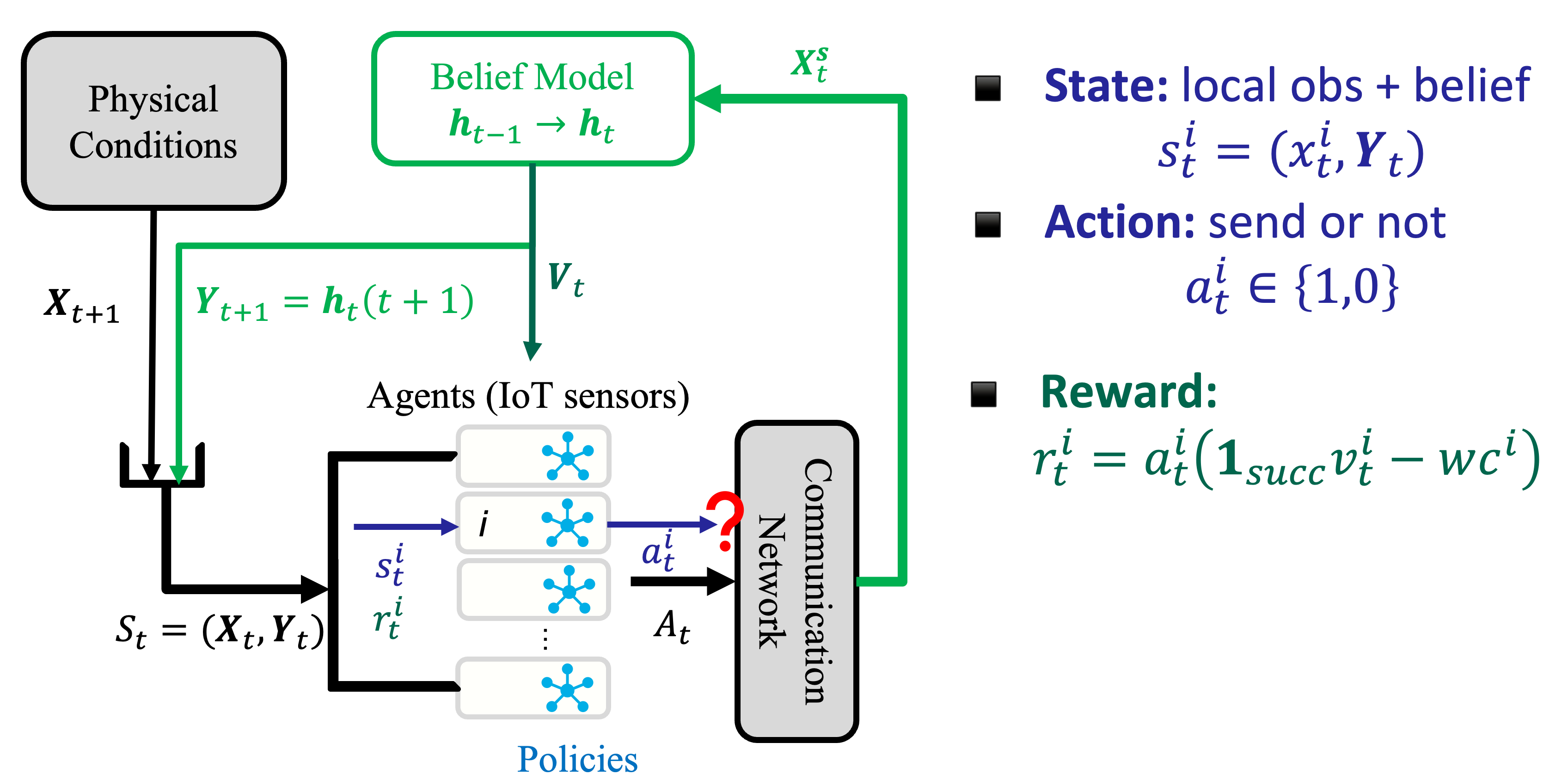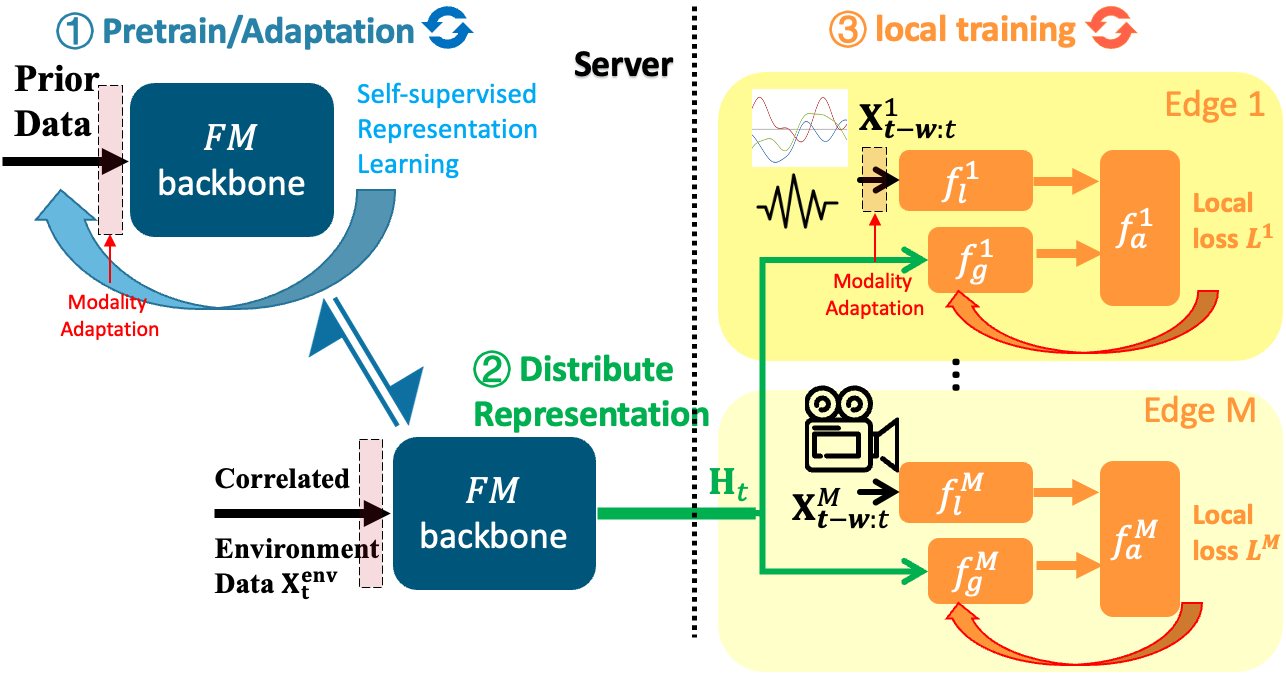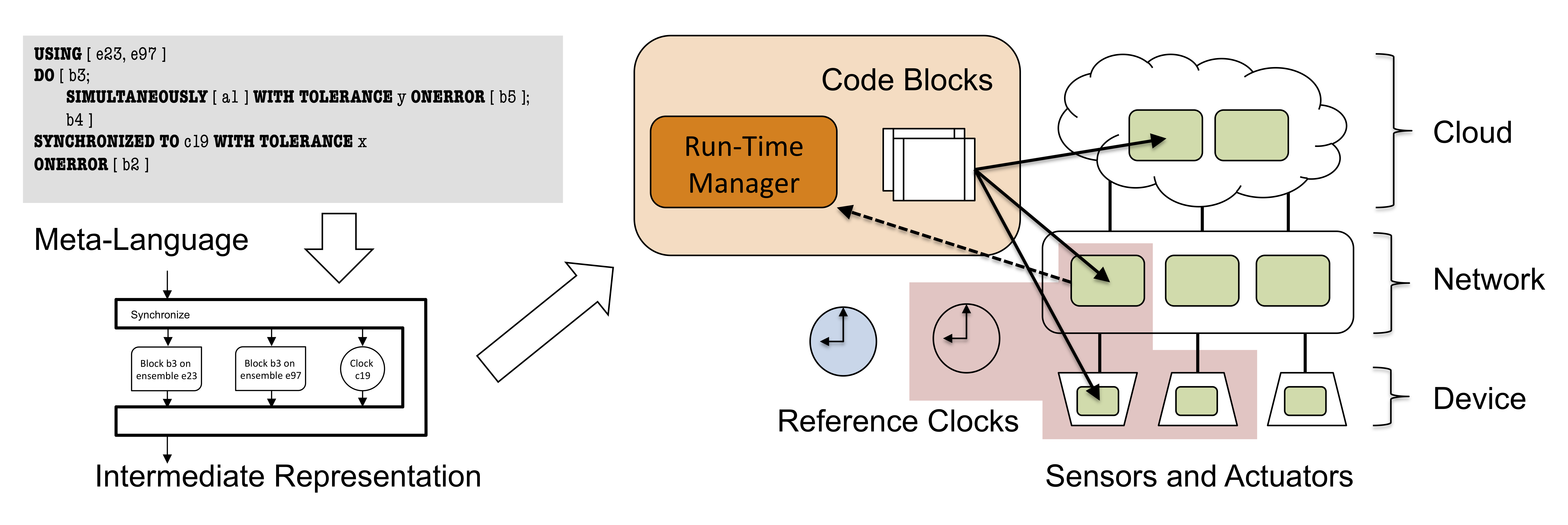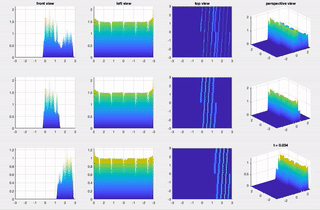Research
ML for Optimal Allocation in Distributed Systems
Adaptive Generalizable Device Placement

Devices differ in their processing and communication capabilitie. While more powerful devices can compute faster, less capable ones may need to rely on external support, like offloading tasks to more powerful servers, to accelerate their learning process. Achieving a global learning objective in such a diverse environment requires careful planning of what tasks each device should handle locally and what information should be communicated to others
[paper] [poster] [slides] [code]
Intelligent Communications for Disaster Response
 In distributed learning, devices must communicate data or the results of local learning. However, network capacity is limited, and communication can fail when too many devices attempt to transmit data simultaneously, leading to congestion and reducing the overall scalability of the system. This challenge is even more severe in long-range low-power wide-area networks commonly used in IoT applications, like LoRa and SigFox, where simultaneous transmissions in close range can cause significant interference. The energy inefficiency of repeated or failed communication attempts further exacerbates this problem, as devices consume additional power to retransmit data or to recover from communication errors. Therefore, effective communication strategies must be designed to minimize energy consumption while operating within the network’s capacity to maintain both system performance and energy efficiency.
In distributed learning, devices must communicate data or the results of local learning. However, network capacity is limited, and communication can fail when too many devices attempt to transmit data simultaneously, leading to congestion and reducing the overall scalability of the system. This challenge is even more severe in long-range low-power wide-area networks commonly used in IoT applications, like LoRa and SigFox, where simultaneous transmissions in close range can cause significant interference. The energy inefficiency of repeated or failed communication attempts further exacerbates this problem, as devices consume additional power to retransmit data or to recover from communication errors. Therefore, effective communication strategies must be designed to minimize energy consumption while operating within the network’s capacity to maintain both system performance and energy efficiency.
Decentralized Data Learning
Foundation Model-Powered Correlated Data Analysis


The data generated by edge devices in CPS and IoT is inherently rich in spatial and temporal correlations, offering significant opportunities for enhancing edge intelligence. Those systems’ distributed computing and sensing capabilities enable the monitoring of a physical environment through different modalities (e.g., audio/video signals, or environmental metrics like temperature and air pressure).
Past Projects
TickTalk

An extended dataflow model is used to capture behaviors and operations of IoT applications, including communication, periodic sampling, etc. The model is further used to partition the program to run on a distributed system with optimized data communication.
A sensor system for monitoring stream velocity using optimal flow
A two-species non-local cross-diffusion model

Research article published the Journal of Applied Analysis